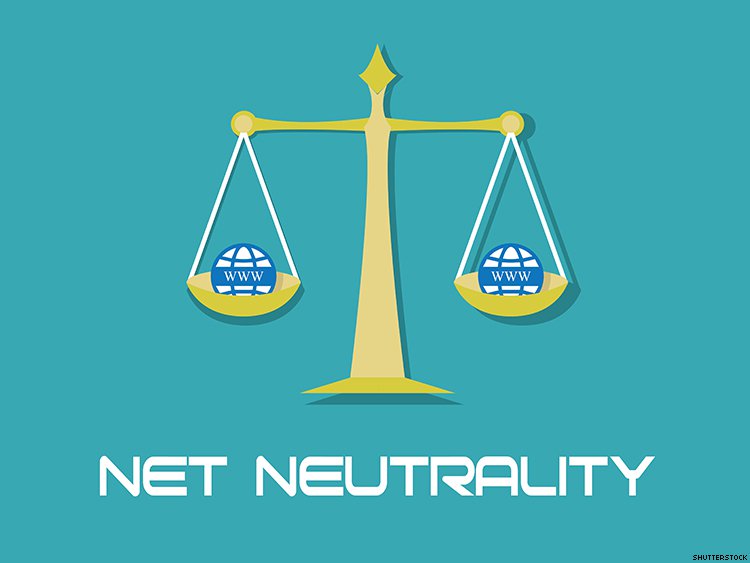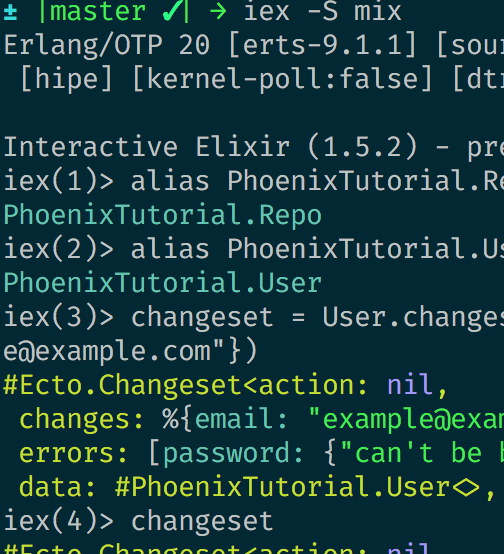Near Future Tech – Opportunities in Software Development

My goal for this post is to share how I answered a seemingly simple question — what should I learn in my free time?
While developing software in Silicon Valley is educationally rewarding on a daily basis, there is still so much more to learn. Tech news is constantly bombarding readers with new technologies like blockchain, machine learning, and autonomous-(insert vehicle type here). Staying ahead is exciting for me, but also critical to my career.
I considered a few ways figure out what is “hot”:











